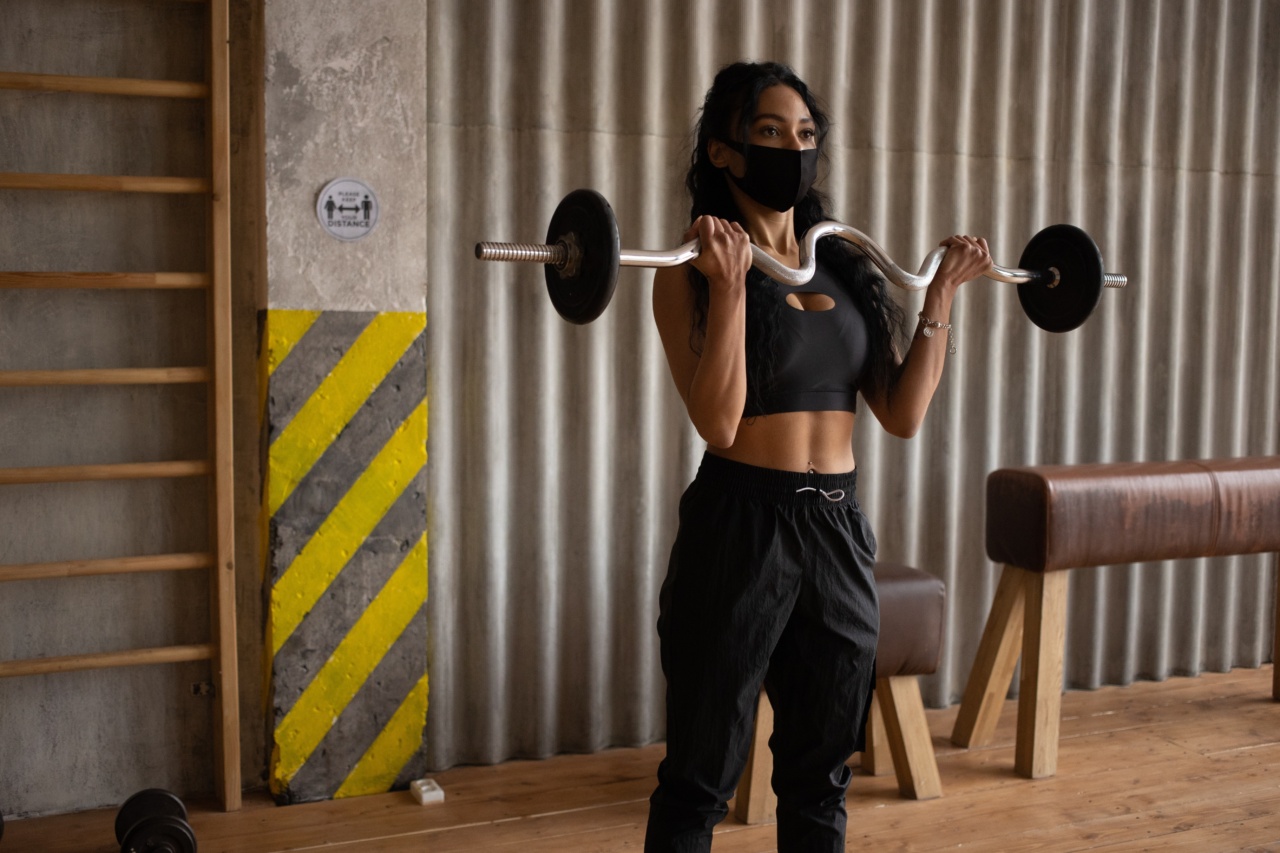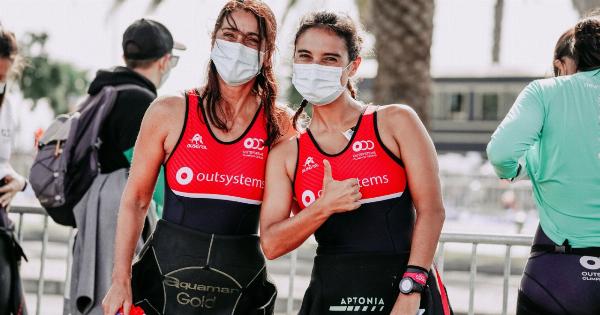The COVID-19 pandemic has brought significant changes to our daily lives, including the way we exercise and engage in physical activities.
With the necessity of wearing masks to reduce the spread of the virus, many individuals have been wondering if it is safe to train while wearing fabric masks. In this article, we will explore the effectiveness and safety of fabric masks during physical training and provide tips on how to stay safe while utilizing them.
Understanding the Role of Fabric Masks
Fabric masks, also known as cloth masks, have become a common sight in our society as a tool to reduce the transmission of viruses, including COVID-19.
These masks act as a barrier, helping to prevent respiratory droplets from being released into the air when we talk, cough, or sneeze. When worn properly, fabric masks can offer some level of protection both to the wearer and those around them.
The Importance of Training with Masks
In the midst of a pandemic, it is crucial to take all necessary precautions to minimize the spread of the virus. Training with masks helps to create a safer environment for everyone involved, reducing potential exposure to respiratory droplets.
By wearing masks, we can protect ourselves and others, especially when engaging in physical activities in indoor settings where social distancing may be challenging.
Evaluating the Effectiveness of Fabric Masks
While fabric masks might not provide the same level of protection as medical-grade masks, they still offer some benefits when it comes to reducing the transmission of respiratory droplets.
Several studies have shown that even simple cloth masks can significantly reduce the droplet emission. It is important, however, to ensure that the fabric mask has multiple layers and fits snugly over the nose and mouth without restricting airflow.
Considerations for Physical Training with Fabric Masks
Before incorporating fabric masks into your training routine, it is essential to consider a few factors to ensure safety and effectiveness:.
1. Breathability
Choose fabric masks that are breathable, allowing for consistent airflow during physical activities. Masks made from lightweight, moisture-wicking materials can provide better comfort and breathability.
Avoid masks with valves, as they may release unfiltered exhaled air.
2. Proper Fit
Ensure that the fabric mask fits securely over your nose and mouth without obstructing your breathing or slipping off during exercise. Adjustable ear loops or ties can help achieve a better fit.
Avoid touching or adjusting the mask during your training session to reduce potential contamination.
3. Hygiene and Maintenance
Regularly wash your fabric masks after each use, following the manufacturer’s instructions. Keeping the mask clean is crucial in preventing the accumulation of germs and maintaining its effectiveness.
Always carry a spare mask and a plastic bag to store the used mask safely.
4. Personal Limits
Listen to your body and understand your personal limits while training with masks. It is normal to feel slightly more fatigued during physical activities when wearing a mask.
If you experience difficulty breathing or dizziness, take a break, remove the mask temporarily, and ensure you are in a well-ventilated area.
Tips for Training with Fabric Masks
Now that we understand the considerations, here are some tips to help you train safely while wearing fabric masks:.
1. Start Slow and Gradually Increase Intensity
If you are new to training with fabric masks, allow yourself time to adjust. Begin with low-intensity exercises and gradually increase the intensity as you get accustomed to wearing a mask during physical activities.
This will help your body adjust to the change more effectively.
2. Stay Hydrated
Proper hydration is crucial, especially when training with masks. Drinking enough water helps to compensate for the extra sweating and potential increase in body temperature. Carry a water bottle with you and take regular sips throughout your workout.
3. Choose Outdoor Settings
Whenever possible, opt for outdoor training sessions. Outdoor environments typically offer better ventilation, reducing the chances of inhaling stagnant air.
Exercising outdoors also enhances natural air circulation, which can contribute to a safer training environment.
4. Maintain Social Distancing
Even when wearing fabric masks, it is important to maintain a safe distance from others during your training sessions.
Social distancing guidelines may vary depending on your location, but try to keep a distance of at least six feet from other individuals whenever possible.
5. Take Breaks When Needed
Pay attention to your body and take breaks as needed.
If you feel lightheaded, experience difficulty breathing, or become excessively fatigued, it’s essential to pause your workout momentarily, remove the mask, and allow yourself to recover in a well-ventilated area.
Conclusion
Training with fabric masks can be a safe and effective way to reduce the transmission of respiratory droplets while engaging in physical activities.
By selecting breathable masks, ensuring a proper fit, and practicing good hygiene, we can train safely without compromising our health or the health of others. It is important to understand our personal limits, start slow, and gradually increase intensity while staying hydrated. Remember to prioritize outdoor settings and maintain social distancing.
With these precautions in place, we can continue to prioritize our fitness goals while keeping ourselves and our communities safe.






























